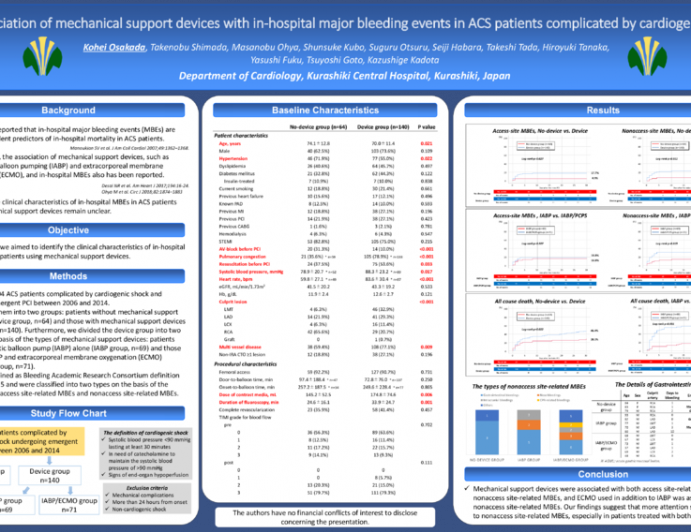

There is also an arrow drop down grip on its side for choosing the size of the flange. Now when I select my Flange_front block there is a square grip in the middle of the flange for moving the block around which is also the base point of the block. I then select Close Block Editor option on the Ribbon and save the block. I position the two sketches over each other at the origin of the block and move the Visibility Parameter to look something like the image shown below (Visibility Mode Enabled). For some reason, in the Block Editor, the move to will not work so I always draw a line starting at 0,0,0 and then move my sketch to that point on the line and then delete that line. Now all I need to do is reposition the sketches and Visibility parameter at the block base point which us also the origin. Now I change the selection drop down on the ribbon to the 100NB selection and follow the same procedure as before but instead of selecting the 100NB sketch parts I select the 80NB sketch parts. I can make anything visible again by selecting the second button and selecting the components that are dimmed out. I click on the first option “Visibility Mode” which allows me to still see the 100NB Flange but it appears darker than the 80NB Flange. When I press enter the 100NB flange disappears, leaving only the 80NB flange visible. I click the button and select everything on the 100NB Flange Sketch. The second “Make Visible” is for selecting everything I want to make visible and the third “Make Invisible” is for selecting everything that I want to make invisible.Īs everything is visible at the moment I will be using the third button to make the 100NB flange invisible under the 80NB selection. The first button “Visibility Mode” enables or disables the visibility of all items. Above the selection drop down there are three buttons. Currently, everything is visible in the drawing area.

Now on the same visibility tab of the Ribbon, I make sure the 80NB is selected. I rename the first to 80NB and add a new one for the 100NB leaving the settings as is and click OK. Next, I go to the ribbon and select Visibility States option, which will open a new window where I can create the two sizes as shown below. I am going to move it later after the setup is complete. I select the Visibility Parameter on the Authoring Palettes and place it to one side of the flanges as seen below. The first thing I am going to do is set up the Visibility Parameter on the Authoring Palettes to create grips that will let me pick between the two flange sizes. If it is not there click the Authoring Palettes button on the ribbon highlighted in the image above. I will be using the Block Authoring Palettes highlighted to the left of the screen above. After that is completed I select my Flange Front block, right click and select Block Editor and the display should look something like this. I do the same for my Flange, Pipe, Elbow and tee sketches and call them respectively Flange Side, Pipe, 90-Elbow and Tee so that I have five blocks in total. I create a normal block with my two flange front sketches in it and call it Flange_Front. My 2D Sketches look like the image shown below. I could add every size available for a pipe specification, but for this example, two sizes are enough. I created an 80NB and 100NB Flange, Pipe, Tee and 90° Elbow. So to begin with I created some 2D pipe sketches. I will try to demonstrate most of the functions I have used before by applying it to something a little bit more interesting than just creating drawing symbols. This Section Label can rotate in any direction and be used on any side using the grips identified on the image, but this is just a fraction of what dynamic blocks can do. The example below is one of my Dynamic blocks. A Dynamic block allows you to dynamically change 2D Objects in various ways, like rotate, scale, move, show or hide. I mostly use this feature to create dynamic symbols that can be used in drawings, like Section arrows, 2D Pipe ends, North Arrows, etc.


One of the most powerful features of AutoCAD is dynamic blocks.


 0 kommentar(er)
0 kommentar(er)
